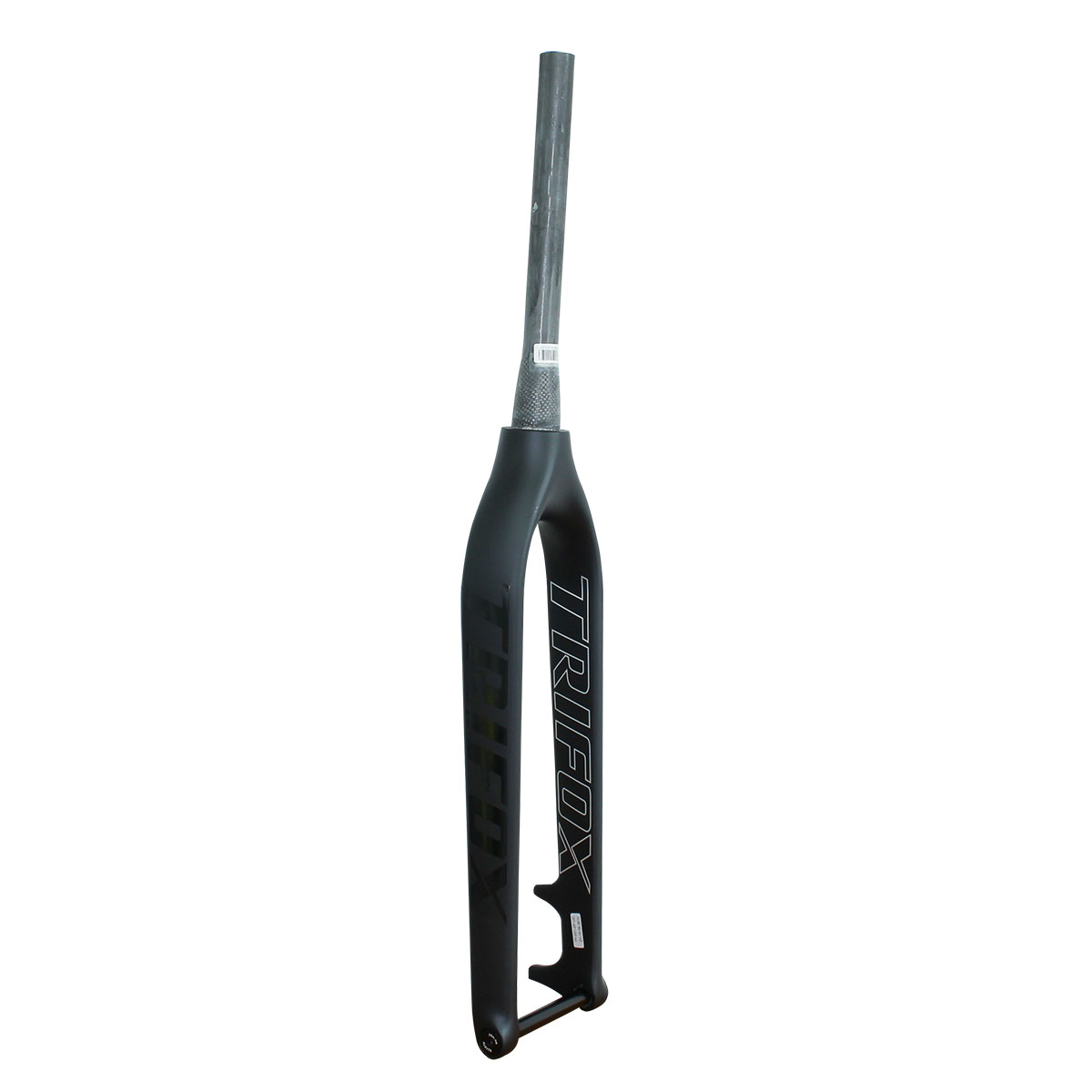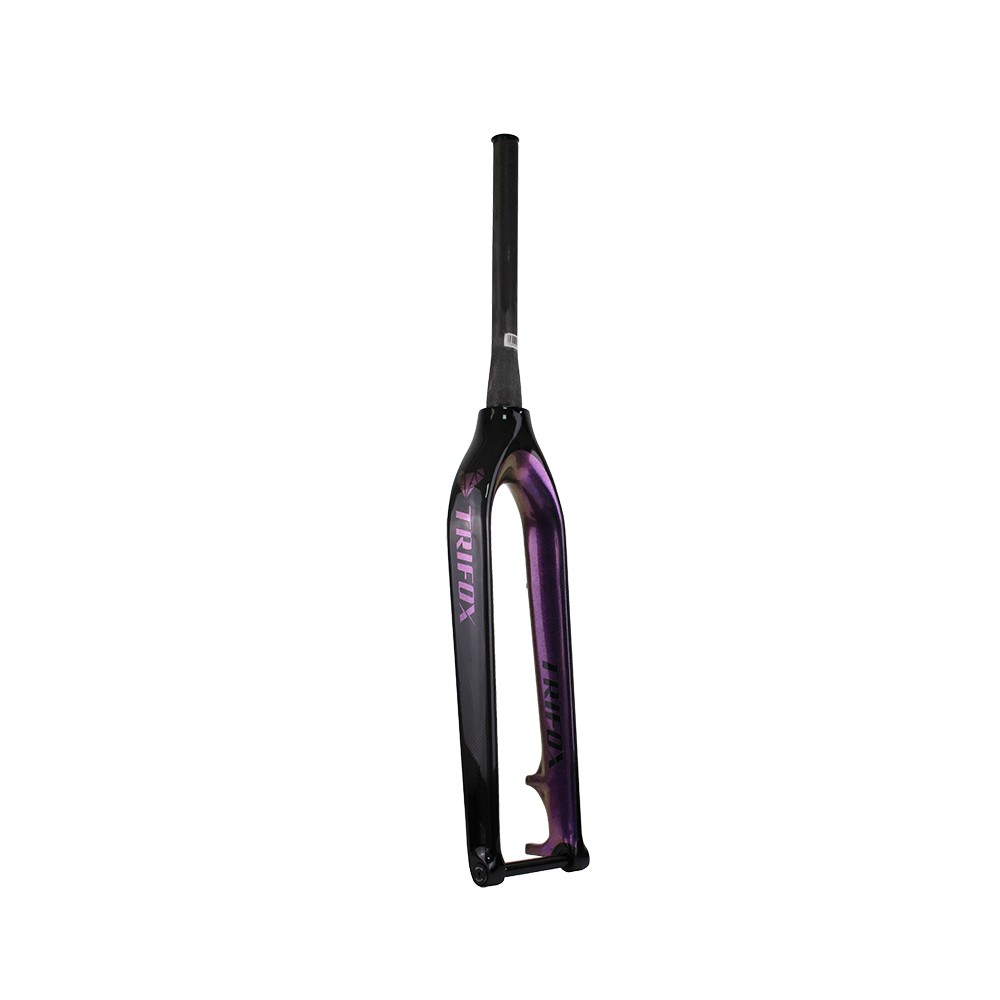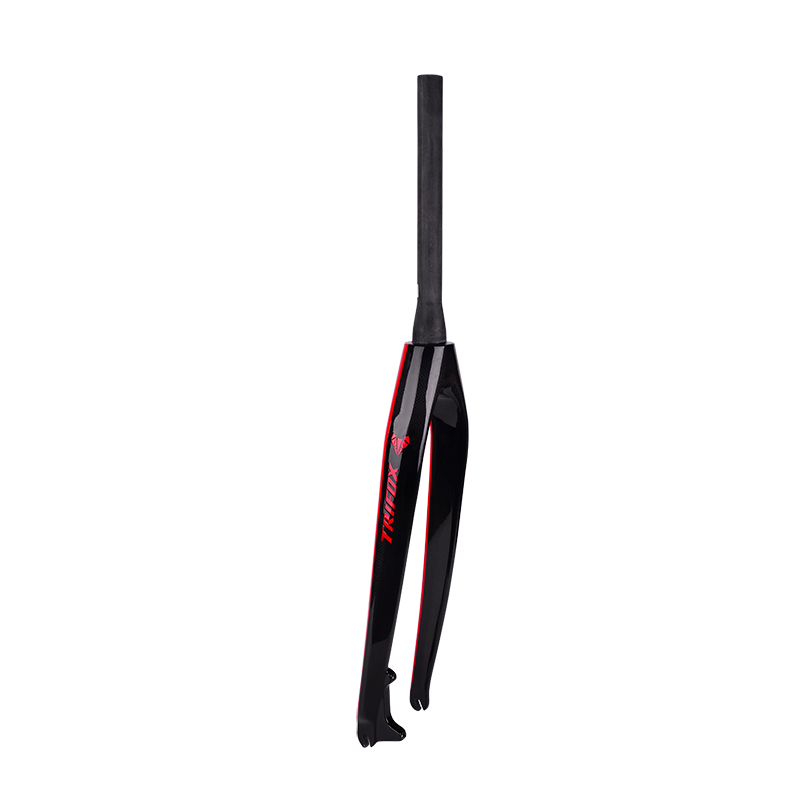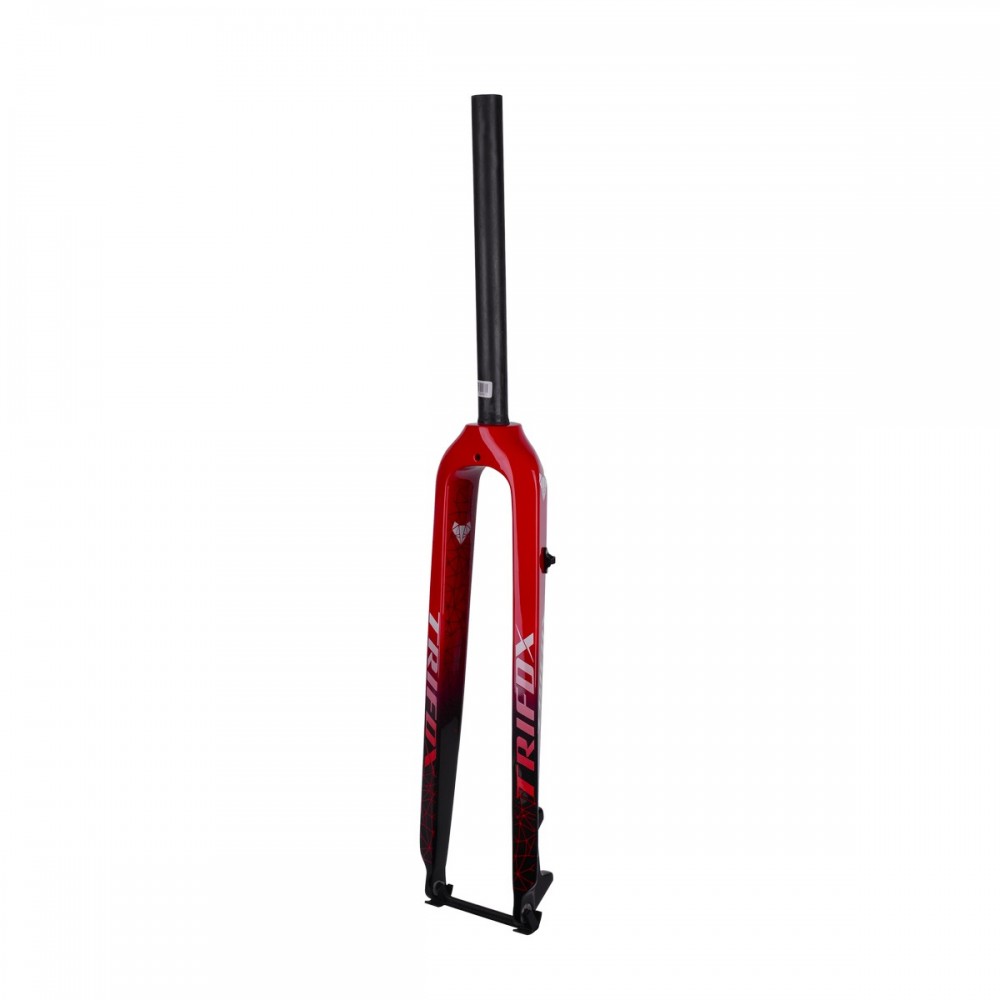The world’s “standard” for best mtb hubs is changing, and it appears that the standard for mtb hubs is settling.
Your new bike not only has a bicycle hub on the front but also has a bicycle wheel hub on the rear.
However, the single speed hub has undergone a series of changes, so that affects your mountain bike.

I want to know both the best mtb hubs changes and the standard of best hubs for mtb.
So as a consumer, if you need to upgrade your road bike hub, make information when choosing hubs for mtb.
All mountain bikes are equipping cycle hubs so that everyone accepts them.
Bike hubs only start appearing on most mountain bikes around 2008.
The Best Mtb Hubs Have Two Main Criteria
A road bike is a mountain bike hub front and a bicycle hub rear.
The front of the mountain bike is a bike wheel hub and the rear is a bicycle wheel hub.
Single speed hubs change these standards for MTBs.
The front best mtb hubs move to 15X100mm thru axles, and the rear best hubs for mtb move to 12X142mm thru-axles.
This is what we now call road bike hub “standard” spacing.
Just as hubs for mtb became standard on mountain bikes, likes disc brakes became prominent on trail bikes.

More and more mountain bikes are using cycle hubs for more aggressive riding.
With road disc brakes, the front bike hub moves to a 12mm thru-axle, as a 15mm bike wheel hub is not required.
For the vast majority of bikes, this is our current mountain bike hub standard.
Most road, CX, and gravel bikes come with 12X100mm thru-axle front and 12X142mm thru-axle rear.
Most mountain bikes come with an mtb hub front and bicycle hub rear.
On our bike wheel hub, the Bike Hub M827, Bike Hub M821, and Bike Hub T18 all use the same end caps.
There Have Been Lots Of Changes To The Single Speed Hub
Until recently, most mountain bikes had the best front mtb hubs and the best rear hubs for mtb.
However, it still fits such a standard road bike hub that no one recept it.
You can install XD spacer cassettes on hubs for mtb with 1.8mm spacers.
That’s why we ship everything with cycle hubs and 1.8mm spacers.

Summary
We know that changing bike hub “standards” can be very confusing for consumers.
We are not only aware of bike wheel hub changes but also work hard to make sure that adapting to any new changes is as easy as possible.
We can also answer any questions you may have about what mountain bike hub you need.
Whether you order the wrong mtb hub or you can not easily replace the bicycle hub in seconds, no tools are required!
If you want to know more about the bicycle wheel hub, please be free to click TRIFOX.

































